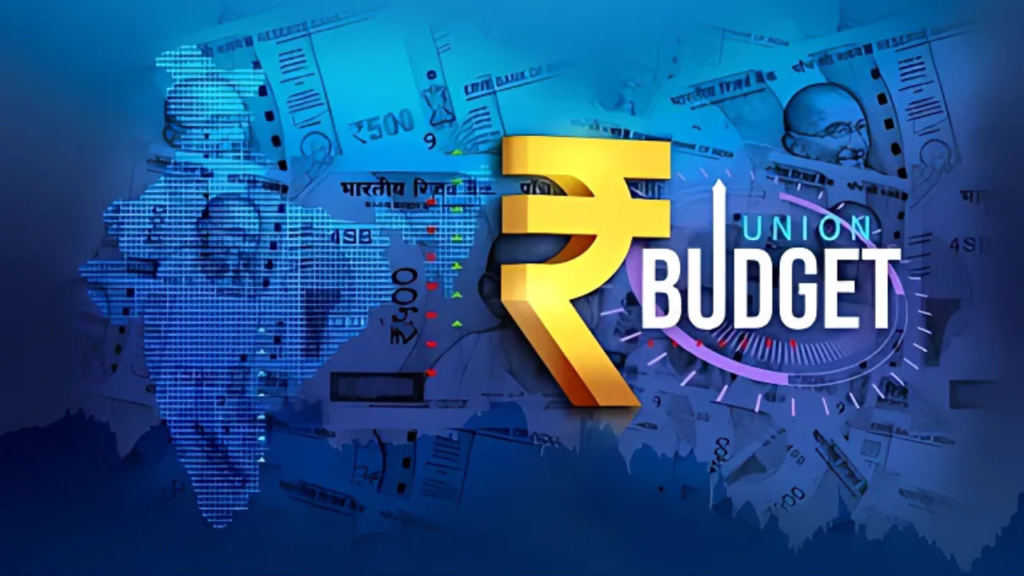Union Budget 2025
The 2025-26 Union Budget has once again shown the government’s attention towards education and the empowerment of women by increasing the allocations significantly. Finance Minister Nirmala Sitharaman has presented a holistic approach that seeks to enhance basic education, childcare services, and women’s participation in the workforce.
This article shall focus on the major educational expenditures in the Union Budget and their interrelation with women empowerment and analyze their implications for India in the future.
Change in the Educational Budget and Early Childhood Development Activities
Perhaps the most striking detail in the 2025 Union Budget is the women and child development ministry allocation had increased to ₹ 26,889.69 crore which is a notable increase from the previous year’s ₹ 23,182.98 crore. This shows that the government is willing to spend money on aspects of education such as care and education at pre-school age which is extremely important for the complete development of a child.
Of this allocation, the big ticket expenditure includes ₹21,960 crores which was designated for Saksham Anganwadi and POSHAN 2.0 programs. These programs focus on the fight against child malnutrition and improving the care given to younger children at the better Anganwadi centers. By enhancing these centers, millions of young children will have access to better nutrition, education, and healthcare.
The Significance of Saksham Anganwadi and POSHAN 2.0
Saksham Anganwadi is a schema that seeks to enhance the infrastructure and the facilities of the digital learning Anganwadi centers. It aims to establish a more engaging and effective environment for early childhood education and care.
On the other hand, POSHAN 2.0 is an initiative focused on nutrition that seeks to integrate different child developmental programs with the aim of addressing the problem of malnutrition. Its purpose is to ensure that children, adolescent girls, and even pregnant and lactating mothers are well-nourished to minimize health complications and foster greater learning abilities among young children.
Funding propels the preventive measures that begin with children, making a significant investment in early childhood care and education to establish a strong base for further child development. These investments increase the educational achievement, health, and socioeconomic outcomes of the children, thus enhancing their well-being and development.
Women’s Empowerment and Increasing Their Participation in The Economy
Apart from funding education, a critical factor in the empowerment of women is making certain that they have access to the support that fosters career development. Schemes targeted exclusively at women and girls account for over ₹3 lakh crore in this budget, demonstrating a major commitment to women’s and girls’ development in India. This is a major step towards women-led development in India.
Key Steps Towards the Empowerment of Women:
Heightened Participation in the Labor Market: The government is now promoting women’s participation in the labor market by collaborating with the private sector to build childcare facilities and women’s hostels. This approach will aid working mothers more easily merge their career goals with their family responsibilities, which should improve the employment rates for women.
Women’s Empowerment Through Skills Training: To improve the employability of women, the government will implement women-only skill development programs. These programs aim to enhance women’s skills in different areas so that they are employable and self-sufficient.
Support To Women Owned Enterprises: Self Help Groups (SHGs) of Women will be assisted to scale up their businesses and access wider markets. These programs will support capital, skills, and mentorship which are meant to promote women SHG businesses, which will drive economic development.
Mission Shakti: Under Mission Shakti, with an outlay of ₹3,150 crore, the focus will remain on women’s safety, security, and empowerment. This enables the provision of social and financial services necessary for integrating women into economic development as fully and independently as possible.
Why These Budget Allocations Matter
These initiatives demonstrate the government’s keen interest in achieving balanced growth, especially in the areas of education and women’s empowerment. Strengthening early childhood care allows children to be educated at their optimum level while empowering women improves the social structures of families and communities.
About KritSankalpa Foundation
The KritSankalpa Foundation is a Non-Profit Charitable Organization dedicated to empowering underprivileged communities, with a particular focus on women and tribal groups. The foundation is committed to creating sustainable development initiatives that uplift marginalized sections of society, providing them with the necessary resources and support to improve their quality of life.


Tanmay highlights the importance of financial independence for women and believes that these measures will have a long-term positive impact on women’s empowerment.
Pratik’s commitment to empowering marginalized communities aligns with the increased budget allocations for education and women’s empowerment. It’s a step towards building a more inclusive society.
Akhil appreciates the holistic focus of the Union Budget, particularly the initiatives aimed at uplifting women and improving child development in underprivileged areas.